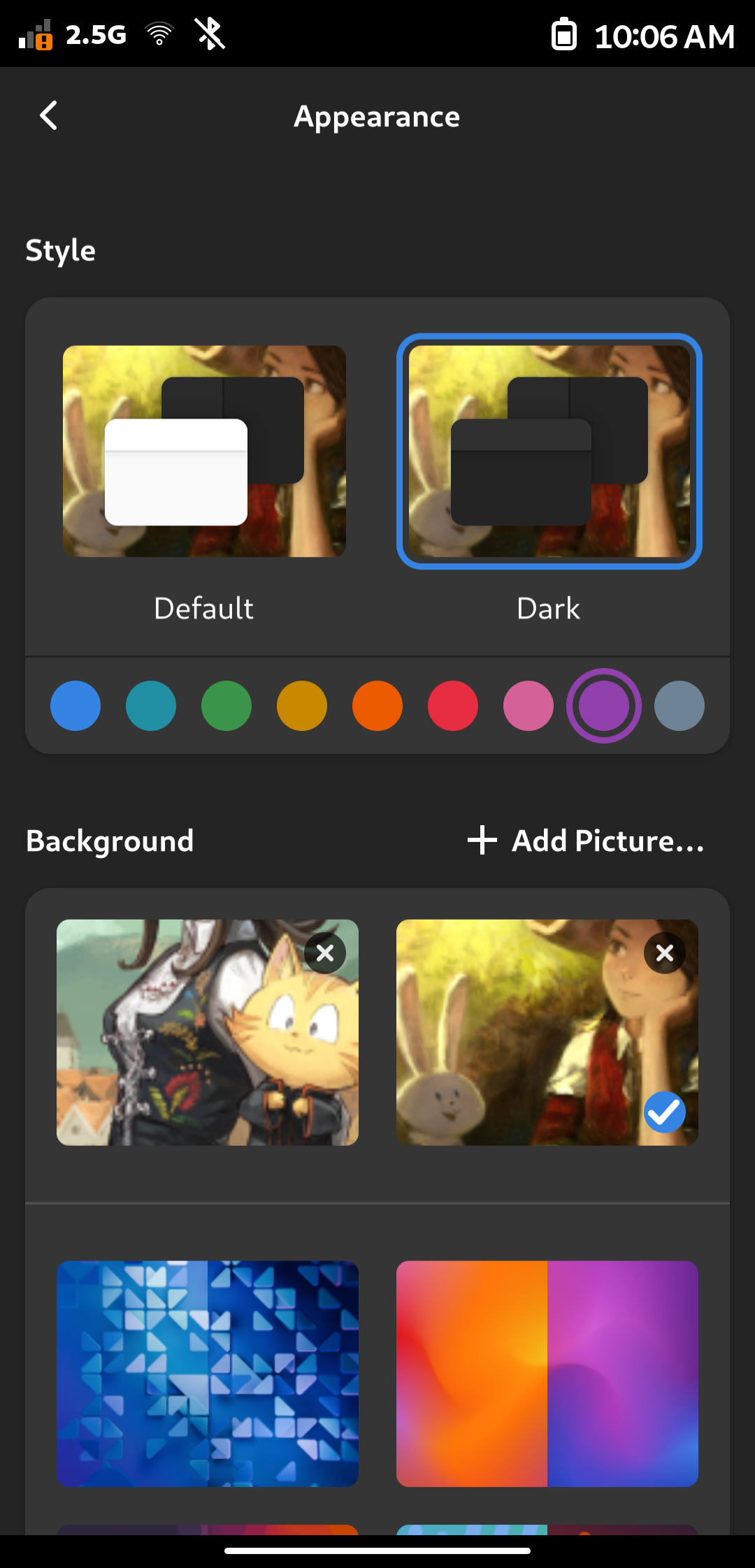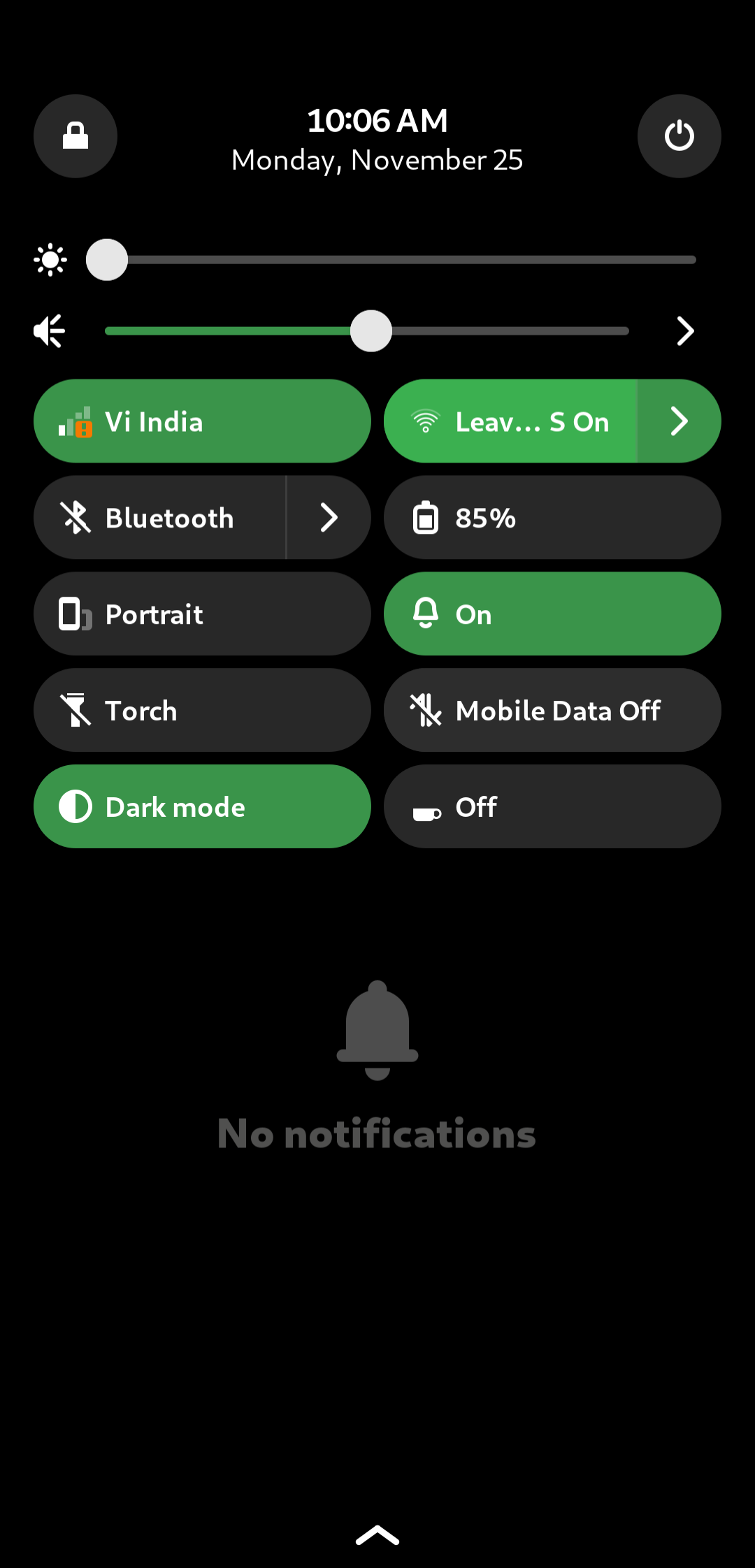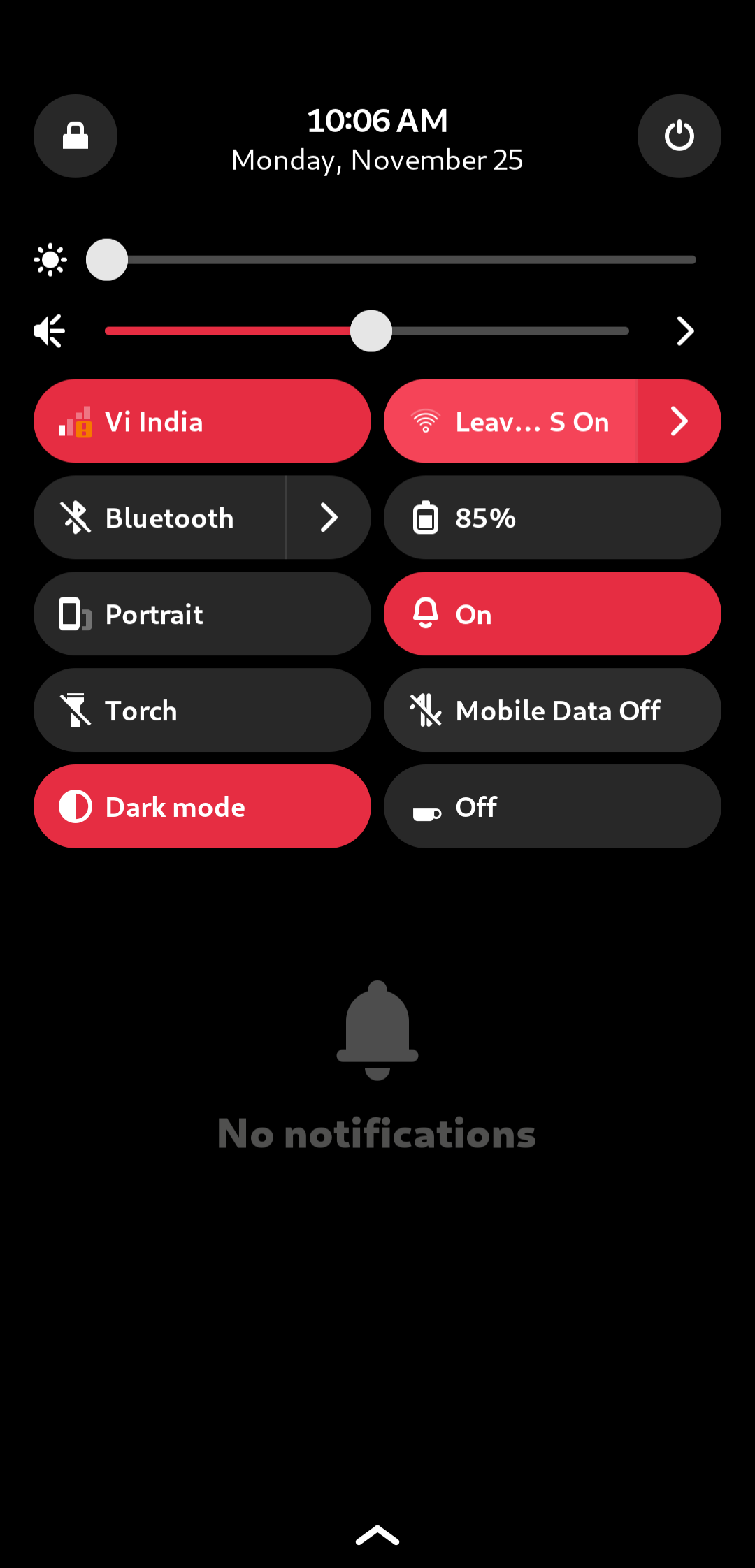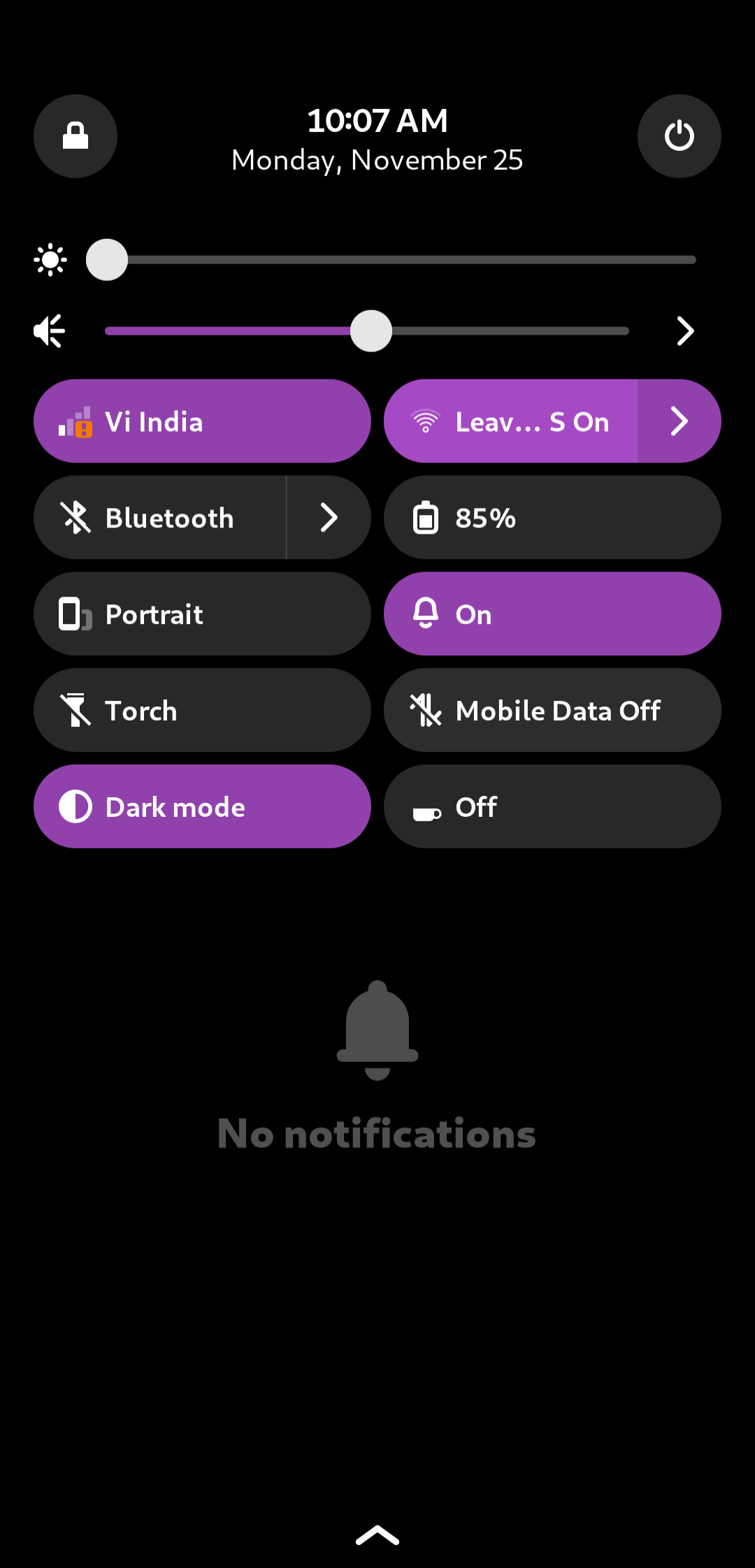Jacob Scharmberg
jacobscharmberg@mastodon.online@badrihippo off-topic, but what does the 2.5G mean?
Hippo 🍉
badrihippo@fosstodon.org@tripplehelix oh oops, I must have missed the "matches with wallpaper" part 😅️
Phosh doesn't really have a wallpaper as such, though, so maybe this still counts? And for people like me who went and set a background anyway, I remember this Python script that picks predominant colours from an image, so it should just be a matter of time...😉️
Jacob Scharmberg
jacobscharmberg@mastodon.online@tripplehelix @badrihippo but that's 2.4GHz no?
Hippo 🍉
badrihippo@fosstodon.org@tripplehelix @jacobscharmberg it's a 2G mobile connection (yes we still have that here). I think the "point five" indicates the upgraded version or whatever (maybe EDGE vs. GPRS?)
Jacob Scharmberg
jacobscharmberg@mastodon.online@badrihippo @tripplehelix Ah I see. I've never seen this notation but indeed apparently 2.5G is GPRS and 2.75G is EDGE. It seems they have these fractional generations for all cellular standards. The more you know.
Hippo 🍉
badrihippo@fosstodon.org@tripplehelix @jacobscharmberg I've seen fractional numbers in a few places before, but the other thing I noticed is that for 2G I used to get "E" whereas with 3G I'd sometimes see either "H" and "H+"
If 2.5G is GPRS, I wonder what plain 2G is, as I think GPRS was the first widespread "you can now get Internet on your cellphone!" technology? Maybe it was just plain ol' voice calls without any Internet 🤔️
Weird that I'm only getting 2.5G here and not 2.75G. It's outrageous! 🤪️
Jacob Scharmberg
jacobscharmberg@mastodon.online@tripplehelix @badrihippo From this page it seems that pure 2G was indeed voice, SMS and MMS only.
On the 3G page, GPRS is indeed made out to be separate from 2.5G and 2.75G but on the 2G page it says 2.5G is GPRS. No idea what's correct.
All of this honestly sounds like a mess of various informal "standards" that someone invented for marketing. And then people weren't consistent about it.
Sebastian Krzyszkowiak
dos@librem.one@badrihippo @tripplehelix @jacobscharmberg Pure 2G data is circuit-switched and even my old 2G-only Nokia 3410 could access the Internet. GPRS introduced packed switching on top of 2G, hence 2.5G. Then you got EDGE as 2.75G, UMTS as 3G, HSPA/HSPA+ as 3.5/3.75G. It gets messy at LTE upwards which didn't technically count as 4G as deployed but was marketed as such anyway.
Sebastian Krzyszkowiak
dos@librem.one@badrihippo @tripplehelix @jacobscharmberg Also, your operator probably disabled EDGE long time ago as it used more spectrum than pure GPRS at low efficiency (and spectrum is precious for newer access techs), but left GPRS for compatibility with many 2G M2M modules out there.
Pavel Machek
pavelSebastian Krzyszkowiak
dos@librem.one@pavel @badrihippo @tripplehelix @jacobscharmberg I'm not and seems like I misread the table at https://en.wikipedia.org/wiki/Spectral_efficiency#Comparison_table indeed! 😅 Networks tend to disable 3G due to that reason so it passed the sniff test. Thanks for doubting!
Pavel Machek
pavelHippo 🍉
badrihippo@fosstodon.org@pavel @tripplehelix @jacobscharmberg @dos good to hear your EDGE is still working. The trend I've seen in my area is, when a new technology comes in the older one rapidly deteriorates (maybe because they're freeing up bandwdith on the fibre lines for the new ones? If that's how that works?)
So, Vi introducing "4G" (I think it was LTE?) was a disaster as the tower was too far away for it to reach home and 3G speeds plummeted worse than 2G used to be 😵



